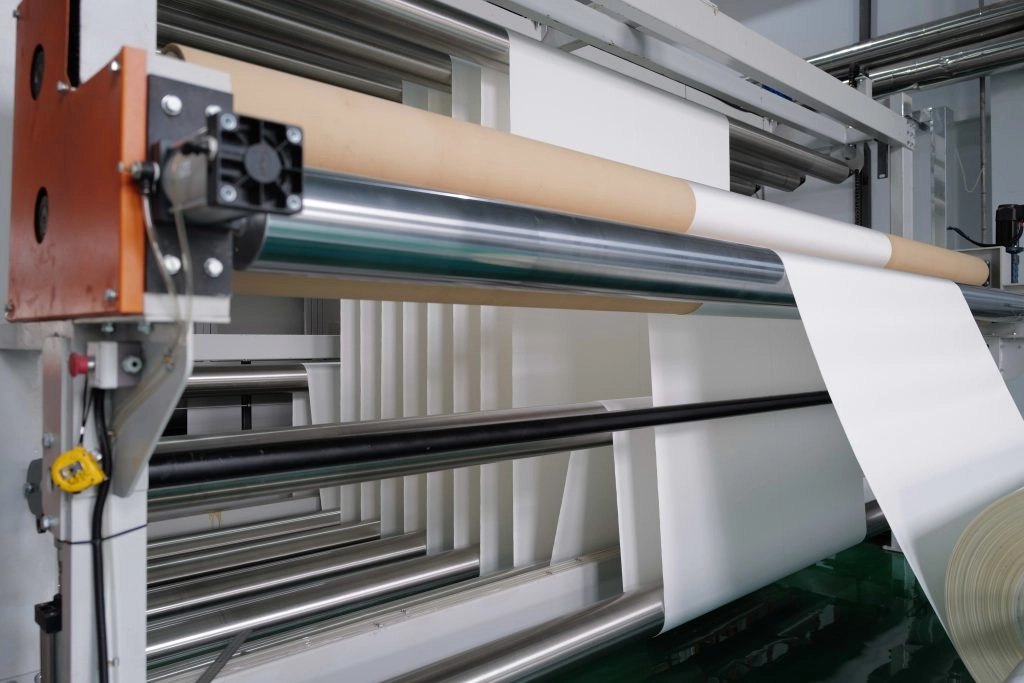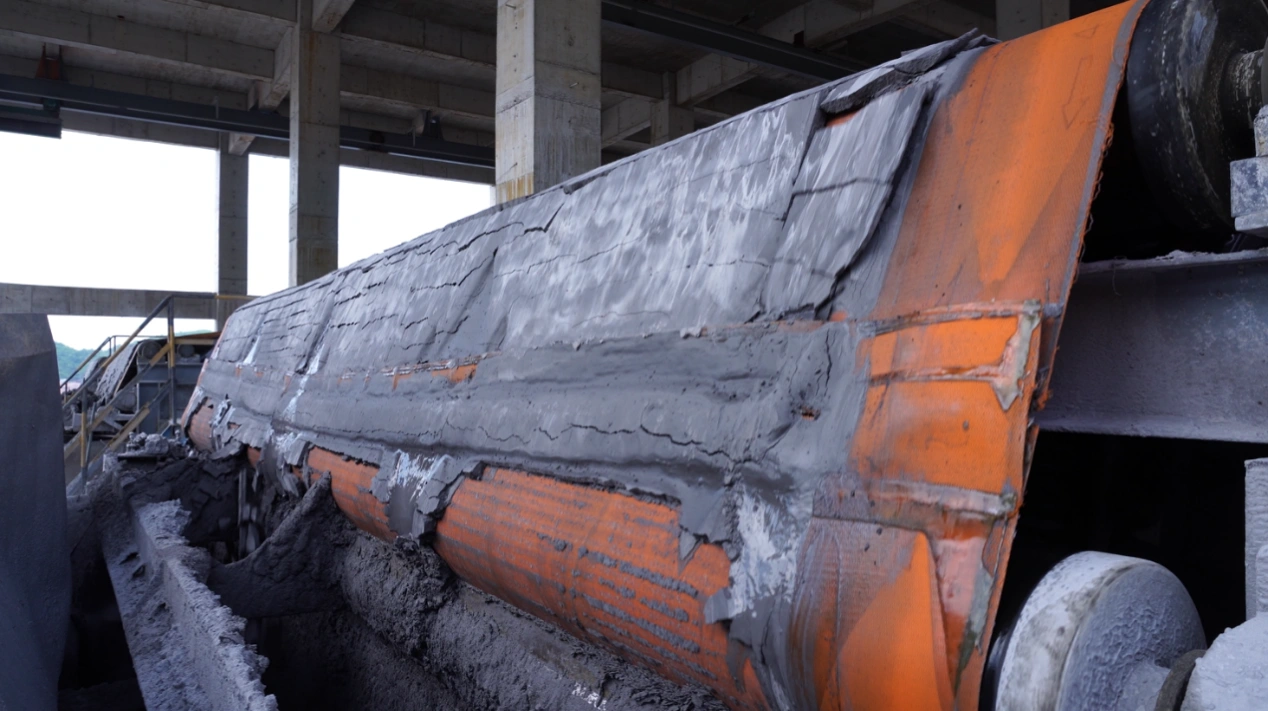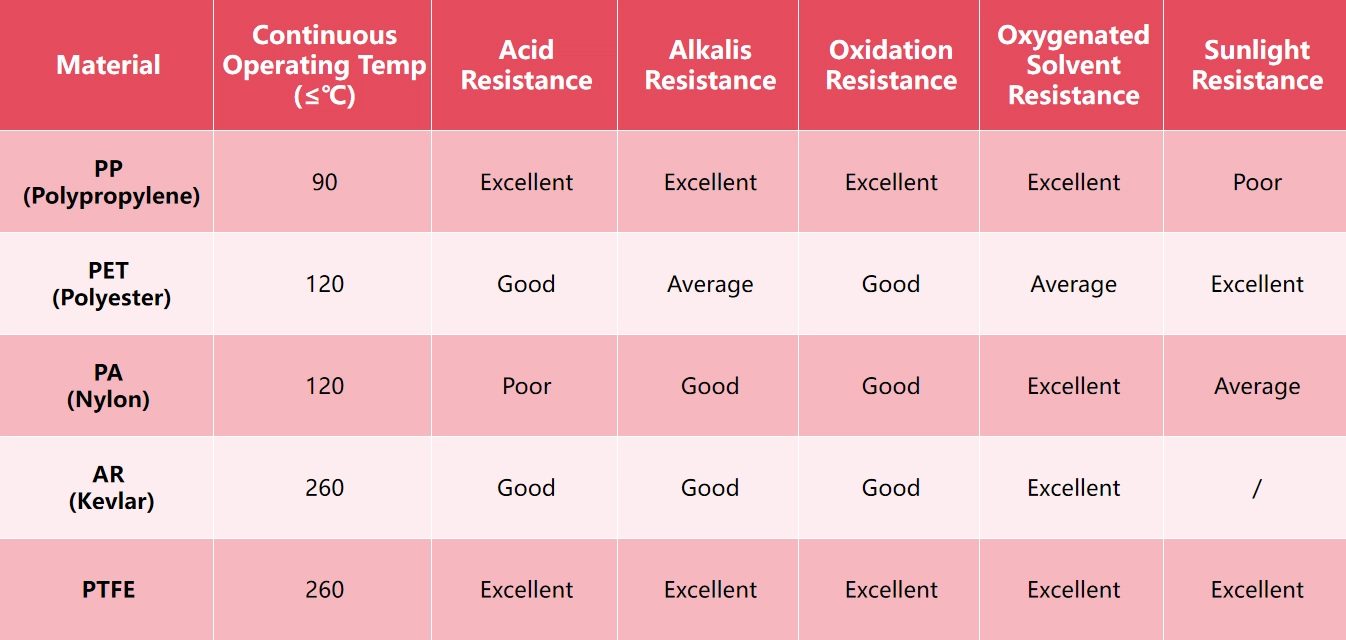
Chemical filtration is a demanding process—slurries vary in chemistry, solids loading can shift by the hour, and equipment runs under relentless pressure. At the center of it all is the filter cloth, the true “heart” of the filtration system. It determines whether operations run smoothly or suffer costly setbacks. When an industrial filter cloth weakens, pressure rises, leaks spread, and production grinds to a halt. What begins as a minor issue can quickly escalate into spoiled batches, unplanned downtime, and safety inspections that drag on for days.
This guide will show how to pick filter cloths that stand up to the demands of chemical filtration. We’ll cover their central role in operations, the key factors that shape choices, a close look at material options, and a clear checklist for matching one to your equipment. Lessons are drawn from real-world runs in plants handling everything from acidic solutions to mineral slurries. The goal is to reduce risks, improve efficiency, and keep filtration lines steady.
Why Is Filter Cloth Critical in Industrial Filtration?
Filter cloths form the working surface where separation happens. They catch solids at 20-50 microns while filtrate drains at rates up to 100 liters per square meter per hour. In a typical filter press, one cloth spans 1m2 per plate, facing cycles that build 25% dry cakes. A mismatch here throws off the balance—clogging hits early, or leaks let fines through at 5% loss.
Beyond the mechanics, filter cloths tie into the broader system. They influence how safe, clean, and cost-effective a line runs, especially in chemical environments where feeds carry pH swings from 2 to 12. Understanding this foundation helps spot why a simple swap can shift downtime from weekly to rare.
The Heart of the Filtration System
Filter cloths sit right in the middle of the action. Operating under pressures of 10–16 bar, they retain solids while allowing clear liquid to pass. In vertical filter presses, a single cloth layer manages 200-300 cycles before showing signs of wear, directly impacting both cake quality and filtrate clarity. Weave density is equally critical. If the thread count drops below 200 threads per cm, solids breakthrough can climb to 3-5%, forcing reworks that eat into yields.
This core point means that the filter cloth determines the rhythm of the machine. Therefore, selecting a properly matched cloth ensures stable performance even under 12 bar pressure, avoiding pressure peaks on the frame and pump.

Determine Efficiency and Quality
Efficiency starts with how well a cloth releases cake. A good one discharges solids in under 90 seconds per plate, hitting 22% moisture targets without extra drying. By contrast, poor chemical fit leads to blinding—permeability can drop 30% after 50 cycles, extending filtration runs from 4 to 6 hours. Quality also suffers. Uneven capture can allow fines down to 2 microns into the filtrate, cutting the dye line purity to about 95% and resulting in costly rejects with each batch.
Ensure Stable Operation
Stability comes from filtration cloths that match the gear’s demands. In large-scale chemical presses handling 10-ton batches, a filtration cloth must resist abrasion from 40% solids loads without fraying edges by more than 0.2 mm per cycle. This holds flow steady at 40-80 L/m²·h, preventing pump overloads that can occur with rising pressure.
Safety layers on top. Incompatible filter press cloths degrade in acidic conditions, eventually rupturing and spraying corrosive slurry. OSHA reports attribute filtration failures to over 150 chemical spills each year, with fines averaging $35,000 per incident. In one case, static buildup on a charged cloth sparked an explosion in a solvent line, injuring two workers and halting production for a week. Beyond safety, poor filter cloth selection drives up costs—unplanned shutdowns can exceed $260,000 per hour in chemical plants.
The 4 Core Factors in Filter Cloth Selection
The choice depends on the composition of the slurry and the limits of the press. A filter cloth for a 90°C acidic feed requires different properties than one for a neutral slurry in a vacuum belt conveyor. Weigh these factors against your actual specifications—particle size of 10-100 microns, pH range, and cycle pressure up to 15 bar. Neglecting even one factor can reduce service life to 100 cycles, while proper alignment across all factors can extend it to around 250 cycles with uniform wear. Among these, construction and material of the cloth form the foundation, setting the stage for all other performance aspects.
Construction and Material Type
Build affects hold and flow from the start. Monofilament woven fabrics have an open weave and a permeability of 20-50 L/m²·h, making them suitable for coarse particles larger than 50 microns. Multifilament versions are tighter, with permeabilities as low as 5 L/m²·h, making them suitable for finer cuts but more susceptible to clogging with viscous feed materials, and can increase packing speed by up to 20%.
Material type locks in durability. Polypropylene dominates for its 0.91 g/cm³ density, easing press loads by 10% compared to heavier options. Nylon adds stretch resistance, with elongation under 25%, making it suitable for high-vibration environments. Weave style also matters: plain weave provides stable and uniform filtration, while twill weave improves cake release, especially when handling cakes with around 30% moisture.

Chemical and Equipment Compatibility
Across the full pH 1–14 range, polypropylene filter cloths withstand most inorganic feeds, losing only ≈1% of tensile strength after 200 hours in 30% HCl. Nylon performs differently: it tolerates bases up to pH 13, but softens by ≈5% when exposed to acids below pH 4.
Equipment compatibility is equally critical. For plate-and-frame filter presses, cloths require precise edge sealing to withstand pressures up to 16 bar, with allowable misalignment of no more than ≈2%. In vertical filter presses, low-friction fabrics reduce abrasion from scraping mechanisms, keeping tear rates below 0.5 per 100 cycles. Equipment type also influences how filter press cloths respond to heat treatment and long-term wear.
Temperature Resistance
High temperatures can cause fabric deformation. Polyester fiber remains strong at 150°C, with a dry run shrinkage of less than 3%, making it suitable for neutral sizing at 100-120°C. Beyond this range, permeability increases by 25%, allowing fine powder to penetrate. PTFE holds up to 260°C, and remains inert even in steam at 200°. However, its low elongation (≈10%) makes it relatively stiff, increasing the risk of cracks in flexible installations. Acrylic fabrics are limited to ≈120°C, suitable for mild acids but not for prolonged temperature spikes.
Filtration Rating and Permeability
A 10-micron cloth can capture particles down to that size, but at a flow rate of ≈15 L/m²·h, it is best suited for producing clear filtrates in pharmaceutical and fine chemical applications. Coarser 50-micron filtration cloths allow higher flow rates of ≈80 L/m²·h, making them suitable for mining slurries, and achieving ≈18% cake dryness more quickly. Particle characteristics, such as shape, also influence accumulation. Jagged or irregular particles can cause clogging up to ≈20% faster than rounded ones. Selecting the right industrial filter cloth ensures a filtrate turbidity of less than 5% by the end of the filtration run.
Analysis of Common Chemical Filter Cloth Materials
Each material trades strengths for limits, tuned to slurries ranging from highly corrosive to high-temperature. PP (polypropylene filter cloth) leads in volume; others fill niches. NHD crafts these end-to-end, blending twists for firm filtration with calendered finishes that lift cake release by up to 20%. Our lines span polypropylene filter cloths to nylon blends, all vetted for 95% regeneration after cleans. Next, let us use the comparison table to intuitively understand the common filter press cloth types and their respective advantages, disadvantages and applicable environments.

Your Selection Checklist: A Step-by-Step Guide
Now that you understand the role and function of filter cloth in a filtration system and the various common materials it comes from, the next step is to choose the right filter cloth for your project. If you’re still confused, follow these steps to help you choose the right filter cloth for your project.
- Type of Filtration Equipment Used: For vertical filter presses, the minimum elongation for 1000×1000mm plates should be less than 20%. Belt filter presses require a flexible weave to accommodate movement.
- Fluid Chemical Properties: For pH 2-8, 20% HCl, choose polypropylene filter cloths (PP). For alkalis up to 12, nylon is recommended.
- Operating Temperature Range: For stable temperatures of 70-110°C, choose PET or AR. For temperatures up to 180°C, PTFE or AR can be used. Adding a 10°C buffer can help maintain filter cloth life over ≈200 cycles.
- Required Filtration Accuracy: Achieving precision at 5-15 microns suits pharmaceutical applications, where a tight 10 L/m²·h rating ensures clarity. For coarser needs exceeding 50 microns, an open 60 L/m²·h permeability works best, with a goal of keeping fines in the filtrate below 3%.
- Breaking Strength: A warp strength of 14,000 N/5cm supports PET in handling heavy loads effectively. A minimum of 10,000 N/5cm serves standard conditions; conduct burst tests exceeding cycle pressure by 50% to confirm durability.
- Elongation at Break: Maintaining elongation under 15% provides snug fits, favoring PA (nylon) or PET for stability. Levels above 25% may lead to sagging in vertical filter press cloths.
Still not sure about your choice? NHD’s professional team can resolve your concerns. We oversee the entire filter cloth production process, from raw material testing and analysis to twisting, warping, weaving, setting, calendering, cutting, beating-up, brush coating, packaging, and final product inspection. Comprehensive quality control is applied at every stage. Our R&D team is constantly innovating to improve filter cloth quality, always prioritizing our customers’ specific requirements.
NHD high-quality filter cloths offer a long service life and utilize ultrasonic edge sealing, ensuring they resist peeling and deformation. Choosing NHD means peace of mind. Share your requirements and slurry details, and we’ll provide free advice and custom samples.
Conclusion
The fit-right filter cloth turns potential headaches into steady gains. It pushes cycles to 250, trims energy 10-12%, and locks purity at 98%. Choosing the right filter cloth starts with choosing the right supplier.
NHD excels in this field thanks to its superior technical expertise and state-of-the-art chemical filtration manufacturing processes. Backed by decades of experience in solid-liquid separation, NHD supplies a wide range of high-quality, easy-to-clean filter press cloths to customers around the world. With a customer-centric approach, we offer customized support, from specification review to on-site adjustments. Contact us at [email protected], and we are always ready to provide the right solution for your production line.

